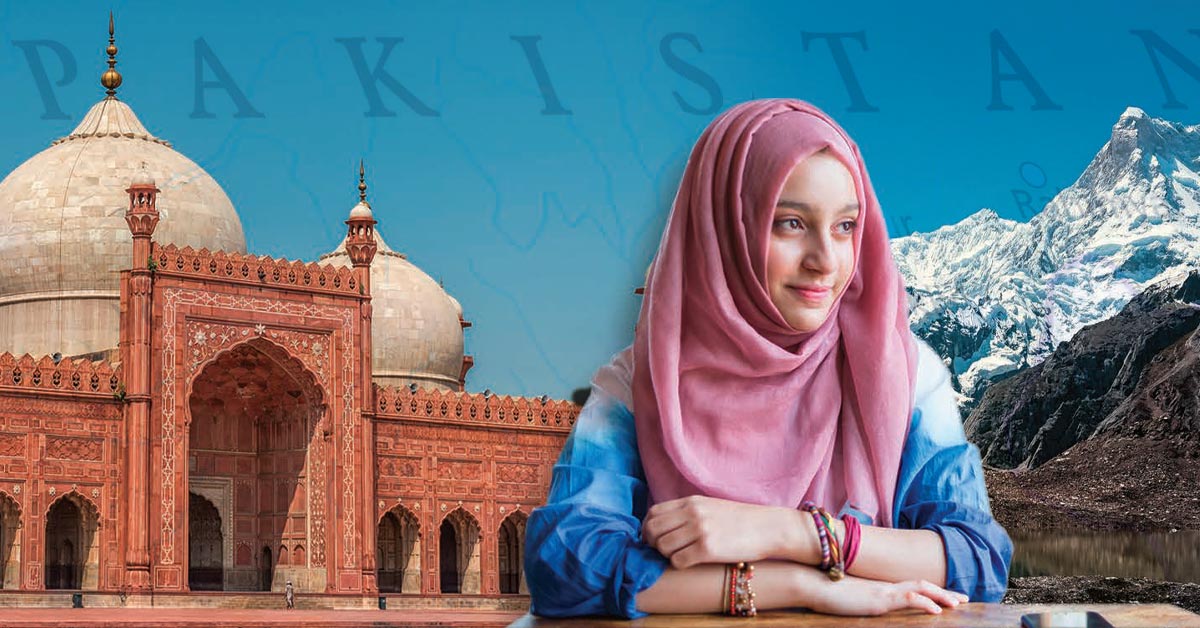The Asian nation of Pakistan, which encompasses an area about twice the size of California, is home to about 208 million people, making it the sixth-most populous country in the world, according to the CIA World Factbook.
Although more than one-third of the nation’s people live in urban areas — including Karachi, Lahore and the capital city of Islamabad — Pakistan’s economy relies heavily on agriculture. The production and sale of ag commodities, such as wheat, cotton, sugar cane, onions, potatoes and rice, account for a quarter of the nation’s gross domestic product (GDP) and half of the employed workforce, according to the Pakistan Bureau of Statistics.
The CIA World Factbook also notes that, although Pakistan’s GDP growth rate was 5.4 percent in 2017, the nation hasn’t diversified its economy, and its official unemployment rate of about 6 percent is likely much higher. Pakistan is partnering with neighboring China on $60 billion in energy and infrastructure improvements, and Pakistan is likely to further invest in education, health care and sanitation.
Pakistan has struggled for some time to balance its budget, borrowing from the International Monetary Fund (IMF) more than 20 times since 1959. Its current deficit of $18 billion represents 6.6 percent of GDP output. After Prime Minister Imran Khan failed to secure an IMF loan this past November, the Pakistani government sought help from other nations, such as Saudi Arabia, China and the United Arab Emirates.
According to rankings from The Heritage Foundation, a Washington, D.C.-based research group, Pakistan has lower-than-average economic freedom compared to the rest of the world. The country has “burdensome” requirements for business licenses and few legal protections for workers, and its economy also suffers due to a corrupt legal system and political unrest with neighboring India, the foundation reported.
More than half of Pakistan’s population is younger than 25, so the country is focusing on educational reform. In the province of Punjab, for example, an additional 100,000 teachers have been hired since 2016 and public-school enrollment increased by 1 million students from 2017 to 2018, according to a World Bank report.
In May 2018, Pakistan received a $728 million investment from the World Bank to improve its resilience to the impact of natural disasters and climate change. The nation sustained $10.5 billion in damages during floods in 2010. More than a quarter of the World Bank funds are going toward green-infrastructure projects that could help more than 4 million people, the World Bank reported.
A report from Colliers International notes that benchmark interest rates in Pakistan declined from an all-time high of 19.5 percent in 1996 to 6 percent in 2018. This may be helping to spur investments in the country’s office, retail and multifamily-housing markets. In Karachi, for example, there is demand for Class A office space from companies looking to relocate, and in Lahore and Islamabad, occupancy rates for some high-profile retail space is between 85 percent and 95 percent.








